There’s something undeniably captivating about discovering an exceptional restaurant nestled in a small forest town. Perhaps it’s how morning mist wraps around towering trees while you navigate winding mountain roads, or the way pine-scented air carries hints of culinary promise. These hidden gems offer the perfect marriage: forest tranquility alongside the excitement of fresh, locally sourced cuisine.
Farm-to-table dining has found its natural habitat within these wooded communities, where restaurants forge direct partnerships with local farmers and foragers to craft seasonally driven menus. Here is a list of 15 forest towns where you can savor exceptional farm-to-table restaurants that celebrate the natural abundance of their surroundings.
Woodstock, Vermont
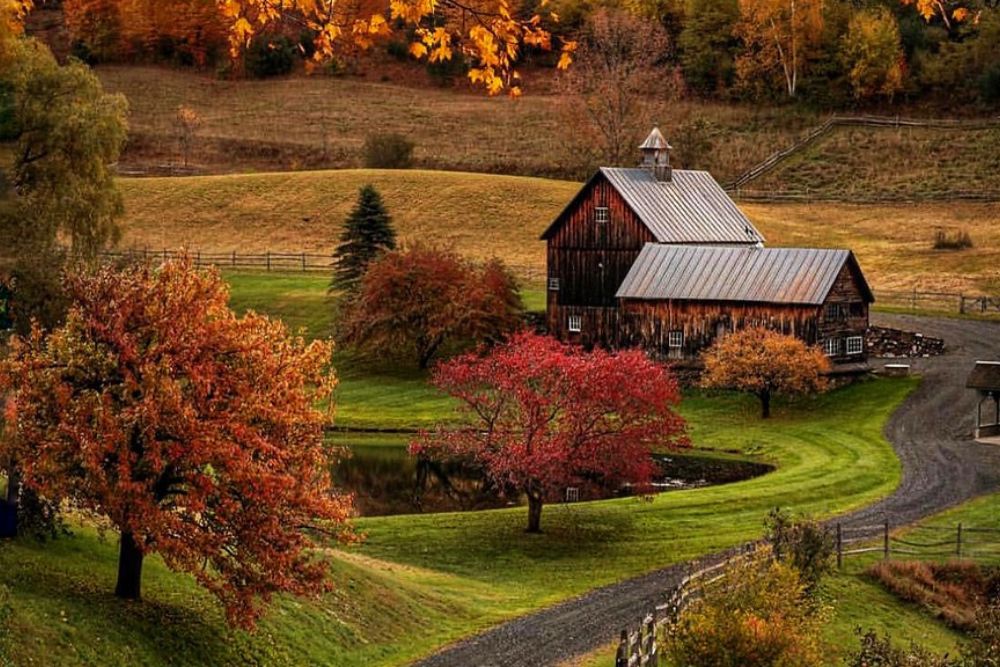
Woodstock resembles a living postcard — covered bridges arch over streams while maple trees frame historic streets, creating an ideal setting for remarkable dining experiences. The town’s culinary establishments have perfected the transformation of local ingredients into unforgettable meals that embody Vermont’s agricultural legacy.
Cloudland Farm Restaurant exemplifies this philosophy, sourcing ingredients from their own 300-acre property and serving dishes that’ve traveled mere hundreds of yards from field to plate. This blend of historic charm and culinary innovation makes Woodstock a destination where Vermont’s essence becomes tangible through every bite.
Asheville, North Carolina
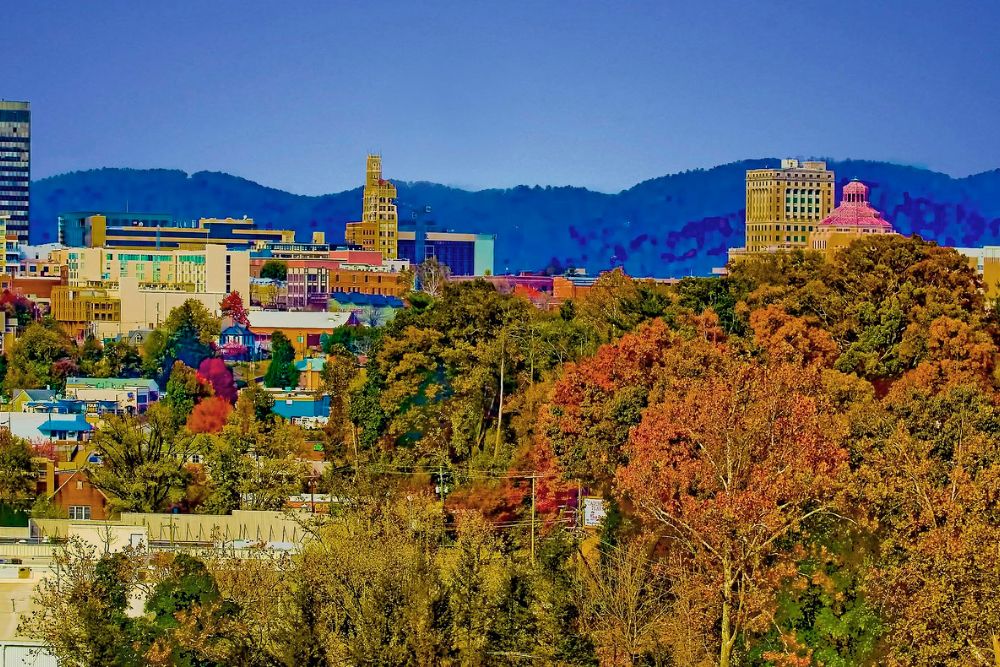
Tucked into the Blue Ridge Mountains, Asheville has evolved into a haven for food enthusiasts who value both creativity and sustainability. The city’s restaurant landscape thrives through relationships with local farmers scattered throughout surrounding mountain valleys — creating an ever-changing network of fresh ingredients that shifts with each season.
Establishments like The Admiral and Cúrate have built stellar reputations by transforming these local ingredients into dishes that consistently surprise and delight. The mountain environment provides everything from wild ramps in spring to heritage apples in fall, offering chefs a constantly evolving palette of flavors.
Like Travel Pug’s content? Follow us on MSN.
Stowe, Vermont
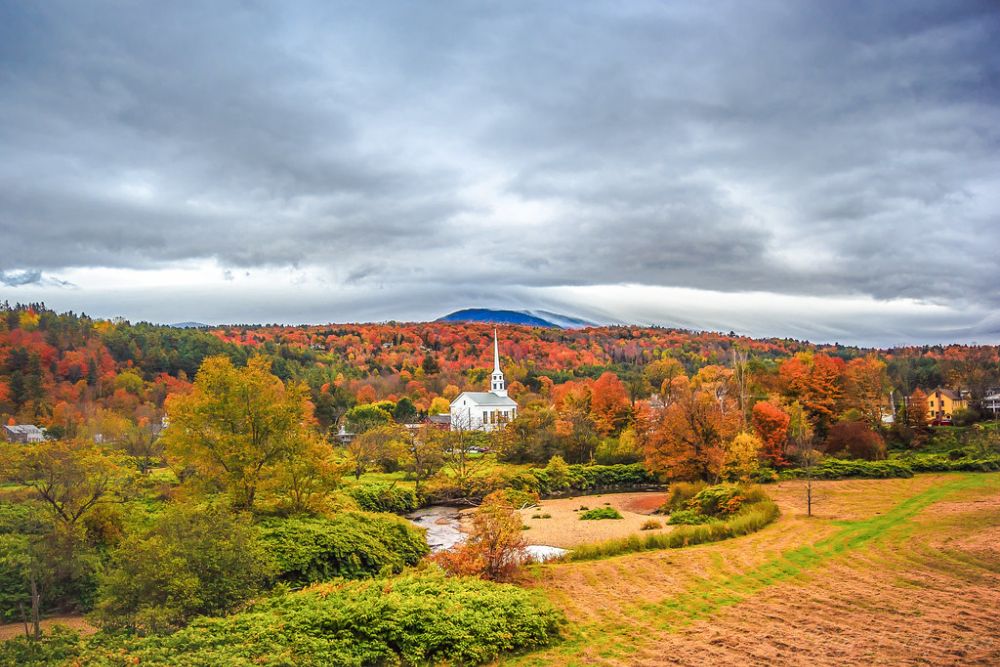
This picturesque mountain town draws visitors for its skiing, yet locals understand the real treasure lies in an incredible food scene built around local farms and producers. Stowe’s restaurants benefit from the Champlain Valley’s rich agricultural traditions — family farms that have honed their craft over generations.
The Bench sources ingredients exclusively from farms within a 30-mile radius, creating menus that authentically reflect Vermont’s true taste. The town’s dedication to supporting local agriculture results in dining experiences that feel genuine rather than manufactured.
Mendocino, California

Perched dramatically on cliffs overlooking the Pacific Ocean, Mendocino combines coastal beauty with an inland forest setting that’s perfect for farming and foraging alike. The town’s restaurants capitalize on this unique geography — incorporating everything from ocean-fresh seafood to wild mushrooms discovered within surrounding redwood forests.
Café Beaujolais has pioneered the farm-to-table movement since the 1970s, maintaining relationships with local organic farms for decades. The mild coastal climate enables year-round growing seasons, providing chefs access to an extraordinary variety of fresh ingredients.
Telluride, Colorado
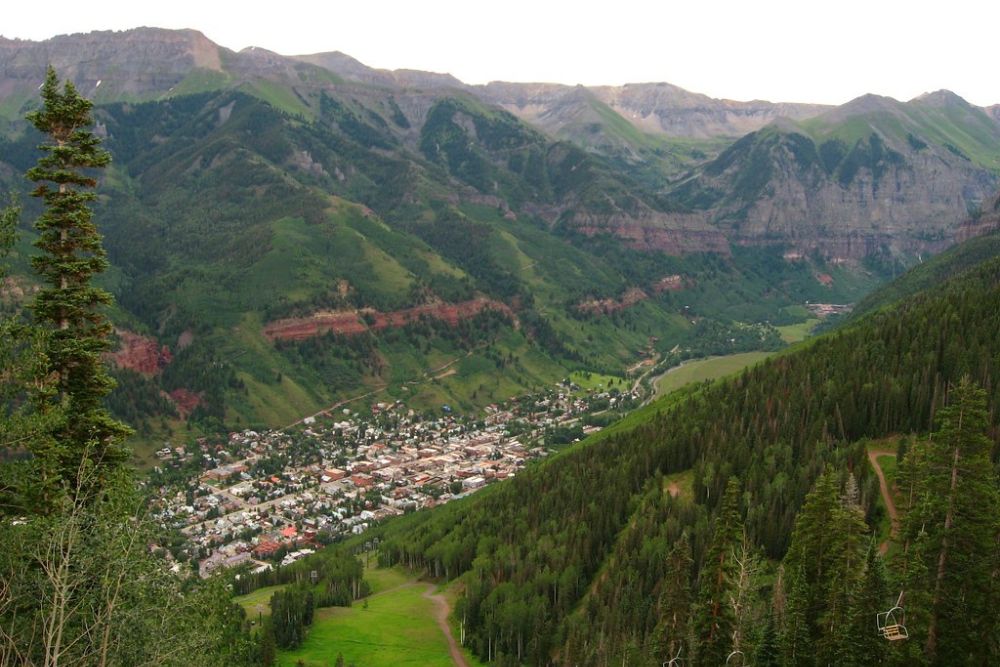
This former mining town has transformed into a culinary destination celebrating Colorado’s mountain valley bounty. Telluride’s restaurants collaborate with local ranchers and farmers who’ve adapted their practices to challenging high-altitude environments.
The result? Incredibly flavorful ingredients — beef from cattle grazing mountain meadows, vegetables that develop intense flavors in thin air, plus wild game roaming surrounding national forests. Allred’s Restaurant showcases these local ingredients through dishes that capture the Rocky Mountains’ rugged beauty.
Like Travel Pug’s content? Follow us on MSN.
Eureka Springs, Arkansas
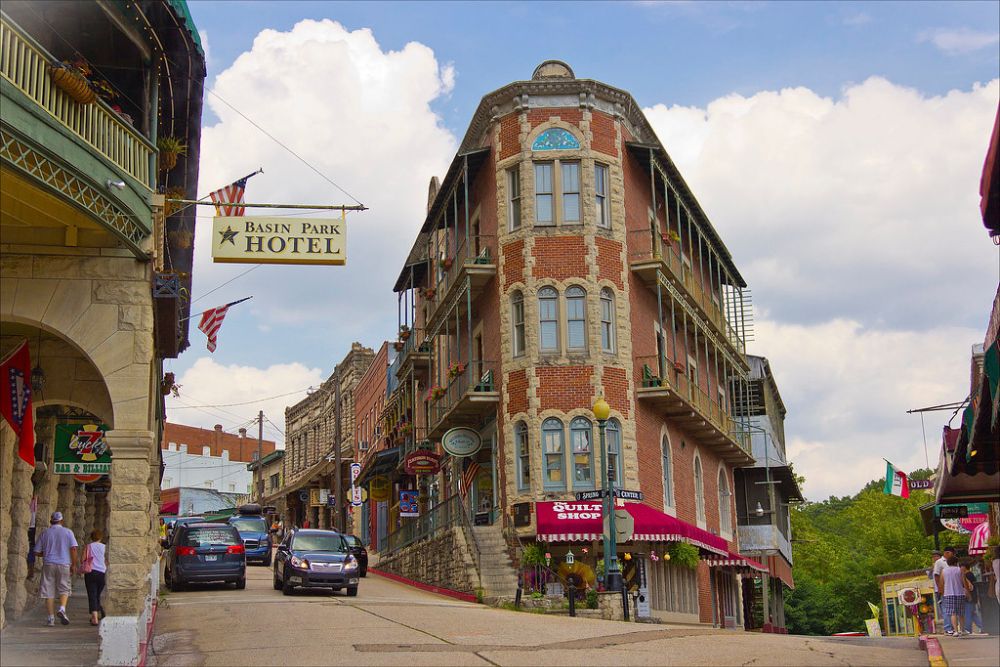
Hidden within the Ozark Mountains, Eureka Springs has quietly cultivated one of the South’s most intriguing farm-to-table scenes. The town’s restaurants benefit from regional rich soil and mild climate — conditions that produce exceptional vegetables, herbs, and fruits. Local Restaurant and Bar has built its reputation through relationships with nearby farms, creating menus that highlight Arkansas agriculture’s finest offerings.
Victorian architecture and natural springs create a unique atmosphere where dining feels like stepping back in time, though with thoroughly modern culinary techniques.
Brevard, North Carolina

This small town in the Blue Ridge Mountains’ heart has become a magnet for outdoor enthusiasts who also happen to love exceptional food. Brevard’s restaurants capitalize on the area’s incredible biodiversity — incorporating wild ingredients like ramps, morel mushrooms, and mountain trout into their menus.
The town sits within a temperate rainforest, creating ideal conditions for both farming and foraging. The Square Root Restaurant works directly with local farmers and foragers to create dishes you simply can’t find elsewhere.
Crested Butte, Colorado

This remote mountain town requires some effort to reach, though the payoff is access to Colorado’s most pristine agricultural land. Crested Butte’s restaurants benefit from rich volcanic soil and pure mountain water — elements that produce vegetables and herbs with incredibly concentrated flavors.
The town’s isolation has fostered a tight-knit community where restaurants, farmers, and ranchers work together to build sustainable food systems. Soupçon Restaurant epitomizes this approach through menus that change based on what’s available from local producers.
Like Travel Pug’s content? Follow us on MSN.
Traverse City, Michigan

While famous for cherries, Traverse City offers much more than fruit when it comes to farm-to-table dining. The town sits within a microclimate created by Grand Traverse Bay — extending the growing season and allowing for remarkable crop variety. Local restaurants have embraced this agricultural abundance, creating menus that showcase everything from heirloom tomatoes to grass-fed beef.
The area’s wine industry has also influenced the food scene, with restaurants pairing local wines alongside dishes made from ingredients grown in identical soil.
Sandpoint, Idaho

Located on Lake Pend Oreille’s shores and surrounded by national forests, Sandpoint has developed a food scene reflecting its stunning natural setting. The town’s restaurants work with local farmers who’ve adapted their practices to challenging mountain climates — producing ingredients with intense flavors.
Hydra Steakhouse showcases local beef, wild game, and foraged ingredients through dishes that capture northern Idaho’s essence. The combination of pristine wilderness and dedicated local producers creates dining experiences that feel both sophisticated and deeply rooted in place.
Port Angeles, Washington

This Olympic Peninsula town serves as a gateway to Olympic National Park, but it’s also home to restaurants that celebrate the region’s incredible agricultural and marine resources. The area’s temperate rainforest climate creates perfect conditions for growing everything from mushrooms to hazelnuts, while the nearby Strait of Juan de Fuca provides fresh seafood.
Restaurants like Kokopelli Grill work with local farmers and fishermen to create menus that reflect the unique character of the Pacific Northwest. The combination of forest and ocean creates a culinary landscape unlike anywhere else in the country.
Like Travel Pug’s content? Follow us on MSN.
Bigfork, Montana
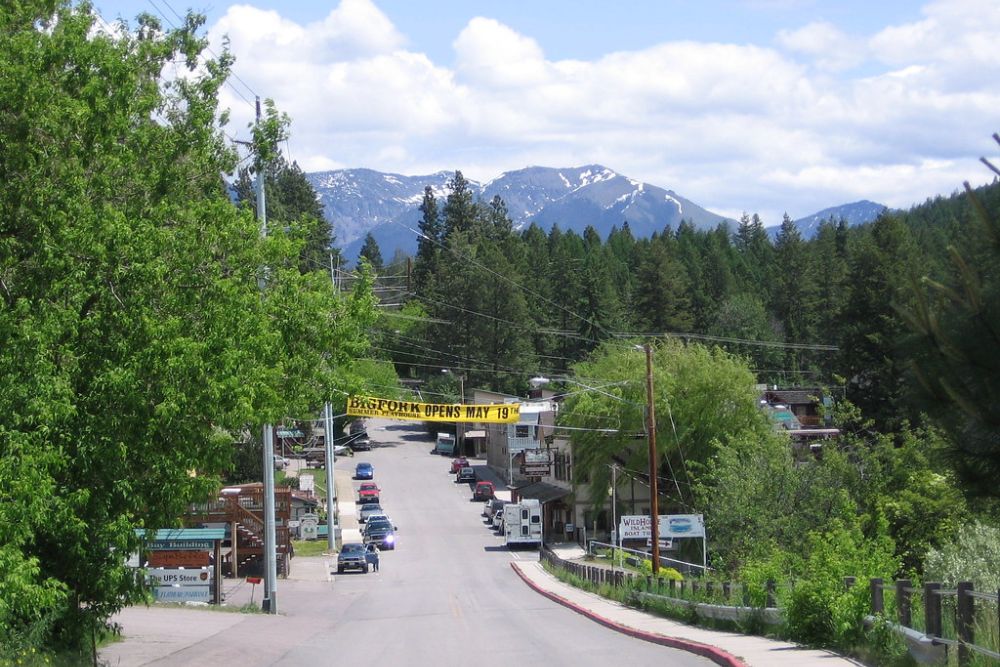
Nestled on the shores of Flathead Lake with the Rocky Mountains rising in the background, Bigfork has attracted chefs who want to work with some of the cleanest, most pristine ingredients in the country. The area’s short but intense growing season produces vegetables and fruits with concentrated flavors that chefs love to work with.
Local ranchers raise cattle and bison on vast mountain ranches, providing meat that reflects the wild character of Montana. Restaurants like Showthyme showcase these local ingredients in dishes that capture the spirit of Big Sky Country.
Cashiers, North Carolina

This high-altitude town in the Appalachian Mountains has become a summer retreat for food lovers who appreciate the cooler climate and exceptional local ingredients. Cashiers sits at over 3,000 feet elevation, creating growing conditions that produce vegetables and herbs with intense flavors.
The town’s restaurants work with local farmers who have mastered the art of mountain agriculture, growing everything from heritage tomatoes to wild mushrooms. The combination of cool mountain air and skilled local producers creates a dining experience that feels both rustic and refined.
Joseph, Oregon
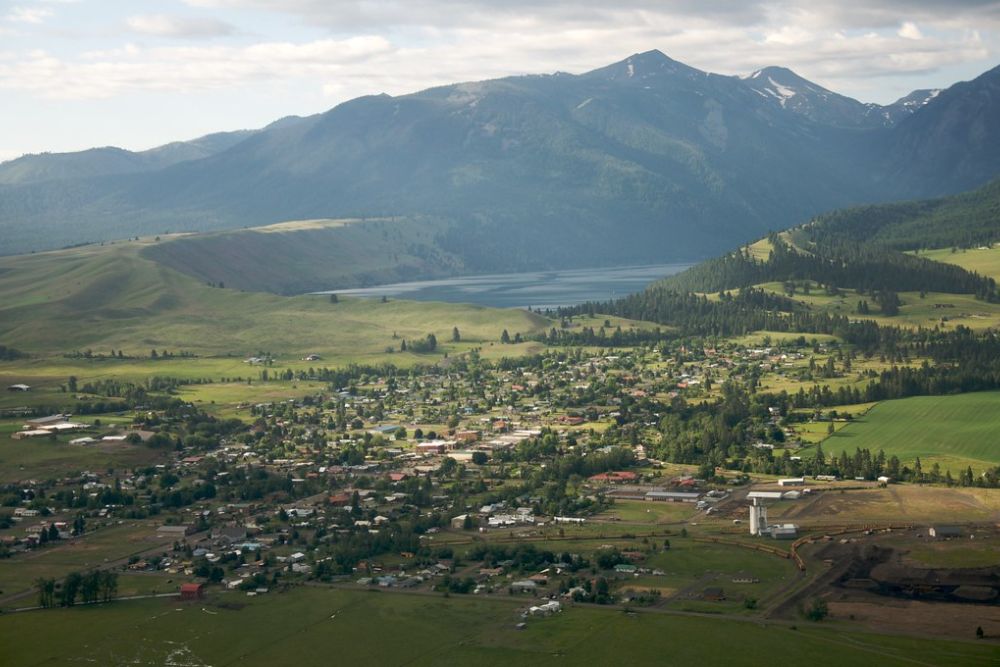
Located in the Wallowa Mountains, often called the ‘Alps of Oregon’, Joseph has developed a food scene that reflects the area’s dramatic natural beauty. The town’s restaurants benefit from the region’s pristine environment, working with local ranchers and farmers who raise their animals and grow their crops in some of the cleanest air and water in the country.
Terminal Gravity Brewing showcases local ingredients in both their beer and food, creating a dining experience that captures the essence of eastern Oregon. The combination of mountain scenery and exceptional local ingredients makes Joseph a destination worth seeking out.
Like Travel Pug’s content? Follow us on MSN.
Lewisburg, West Virginia

This historic town in the Appalachian Mountains has quietly developed one of the most interesting farm-to-table scenes in the region. Lewisburg’s restaurants work with local farmers who have been perfecting their craft for generations, growing everything from heirloom vegetables to heritage breed livestock.
The area’s rich soil and mild climate create perfect conditions for agriculture, while the town’s commitment to supporting local producers ensures that restaurants have access to the best ingredients. Places like The French Goat showcase these local ingredients in dishes that blend Appalachian traditions with modern culinary techniques.
Where Tradition Meets Innovation

These forest towns represent more than just great places to eat. They’re examples of how communities can thrive when restaurants, farmers, and local producers work together. The farm-to-table movement has found its most authentic expression in these wooded communities, where the connection between land and plate feels genuine rather than trendy.
Each of these towns has developed its own unique food culture, shaped by local ingredients, climate, and community values. The next time you’re planning a getaway, consider seeking out one of these hidden culinary gems where the forest meets the farm, and great food grows naturally from the landscape itself.
More from Travel Pug

- 20 Best Beach Towns in the Carolinas
- 13 Destinations Where Tourists Regularly Regret Their Trip
- 20 Things You Actually Get in First Class
- 20 Small Airports With Aviation Museums
- 20 Places in the U.S. That Are Perfect for a Reset Trip
Like Travel Pug’s content? Follow us on MSN.
